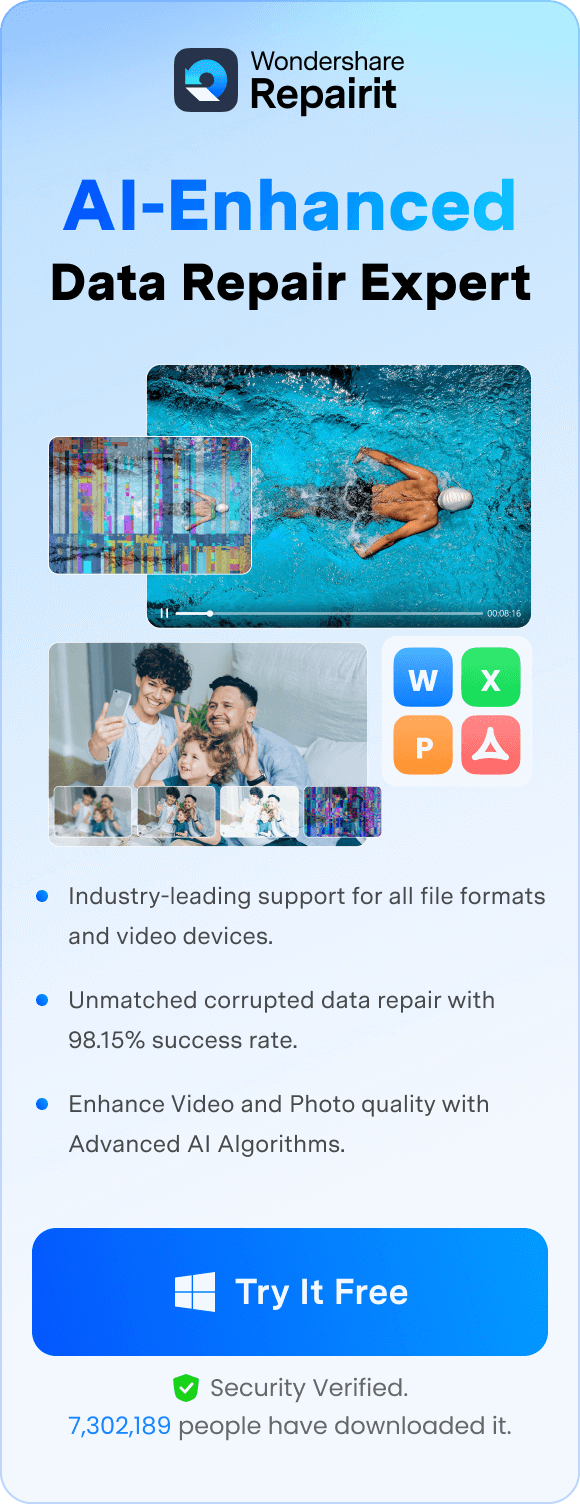Although PDF format offers users a fixed and preserved format of their slides, it can limit them from making desired changes. That's where the need to learn to convert PDF to Google Slides arises, to provide versatility, have customization freedom, and more. This conversion process is useful for educators and creative professionals, as they value collaboration and customization with their slides.
This article will go in depth, looking at different ways or methods on how you can turn your PDF document into Google Slides with steps. However, in case your PDF is damaged or has missing content, use the Repairit software with seamless PDF repair technology. So, if you want to access your slides anytime, make subtle changes, and collaborate with your team, read through this article.
In this article
Part 1. Can I Convert a PDF to Google Slides Directly?
No, you cannot convert a PDF to Google Slides directly within the Google Slides platform itself. The platform does not support opening or importing PDF files directly as editable presentations. Therefore, you can try utilizing various online converters, third-party tools, and software for attaining the desired slides. Users can also add an image of the PDF into their slides or link their PDF to Google Slides for quick accessibility.
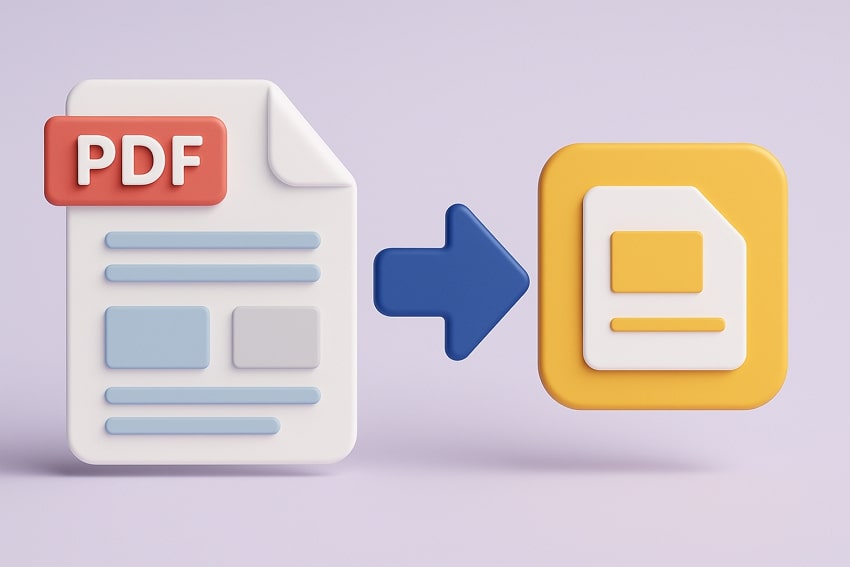
Part 2. 4 Workarounds to Convert PDF to Google Slides
It might seem tricky to learn how to convert a PDF to Google Slides, but with the following methods and tools, you can transform any PDF:
Method 1. Convert PDF to PPT and Import to Google Slides
The most appropriate way of converting PDF files is through PDFelement, which can be used easily without any complications. You are able to decide how many pages to convert, whether to apply the OCR feature, and more. In addition, it provides batch conversion of PDF files into PPT to save time and energy. So, let’s go through the following steps and learn how to convert a PDF to Google Slides:
Step 1. Open this PDF converter, and from the main interface, click the “Open PDF” button on the left panel, and import the file.
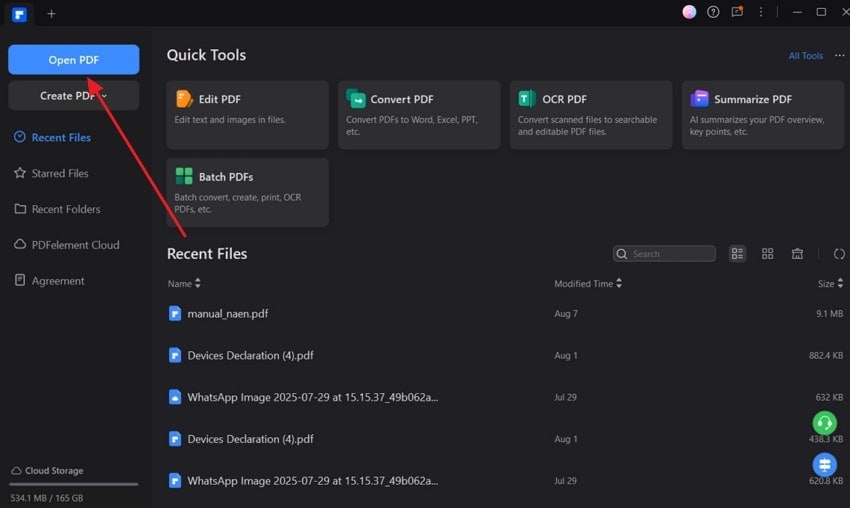
Step 2. Now, go to the “Convert” tab, press the “To PPT” option, and click “Options.” From here, make suitable changes, like “OCR Recognition,” “Language Recognition,” “Convert Page Range,” and hit the “OK” button to begin conversion.
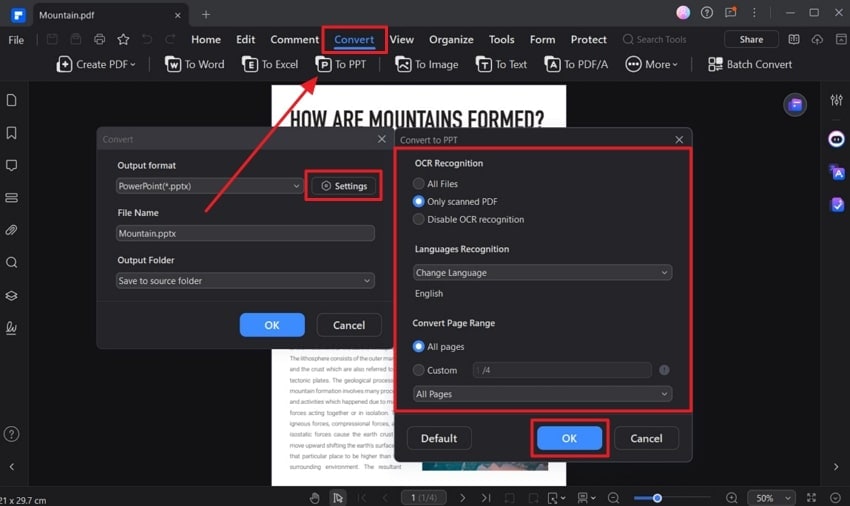
Step 3. Once converted, navigate to Google Slides, click “Folder,” select “Browse” to upload the converted PPT file.
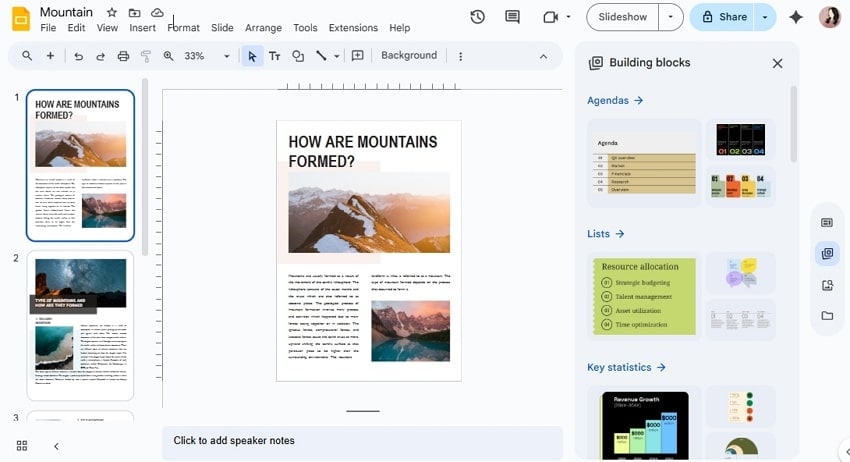
Method 2. Convert PDF to Image and Insert to Google Slides
Another smooth way to convert a PDF to Google Slides is to upload JPG or PNG files of the PDF document. In this manner, you'll be able to maintain the original look of the PDF pages as well as customize the images by using diverse features. Users can go through the following steps and learn how to insert PDF images into Slides:
Step 1. Open the PDF on any PDF reader, like Adobe Acrobat, press the “Menu” tab, and choose the “Save as…” option.
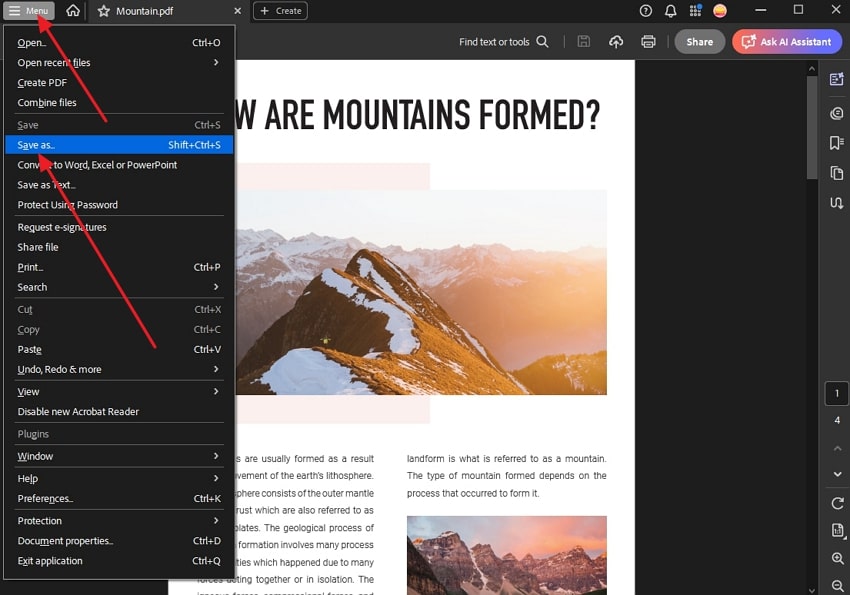
Step 2. Now, check the “Convert to” option, select the image format, and confirm the folder under the “Save in Recent Folder” section to start conversion.
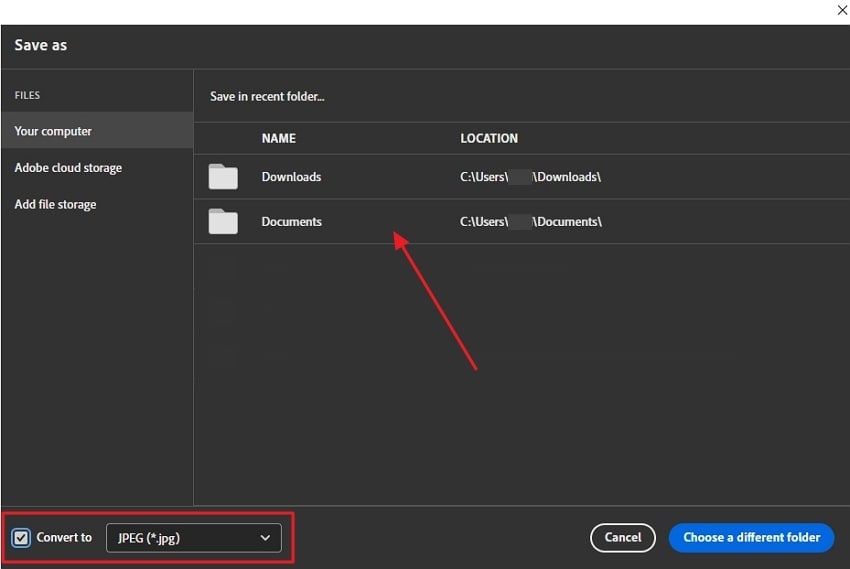
Step 3. From the slider’s interface, access the “Insert” tab, click the “Image” option, and choose a method like “Upload from Computer” to upload the images.

Step 4. After that, open the “Format Options” panel and make adjustments according to your needs.
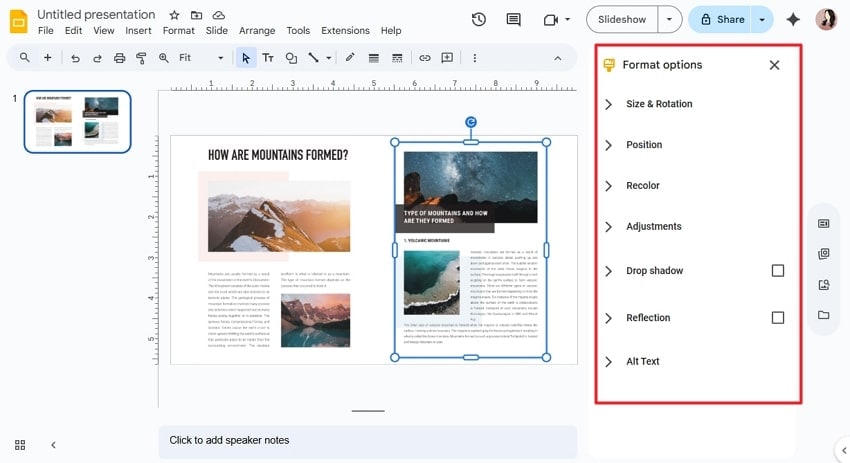
Method 3. Add PDF Link in Google Slides
In case you do not have to edit the PDF content, you can upload the PDF to Google Drive and share it as a link. The link can also be a clickable hyperlink on text or images to make them accessible. This allows you to access the original PDF with ease during your presentation without editing. To learn how to convert a PDF to Google Slides, you can go through the following steps:
Step 1. Go to your Google Drive, upload the PDF file, and click “Three Vertical Dots” on it to open the “Share” option and select “Copy Link.”
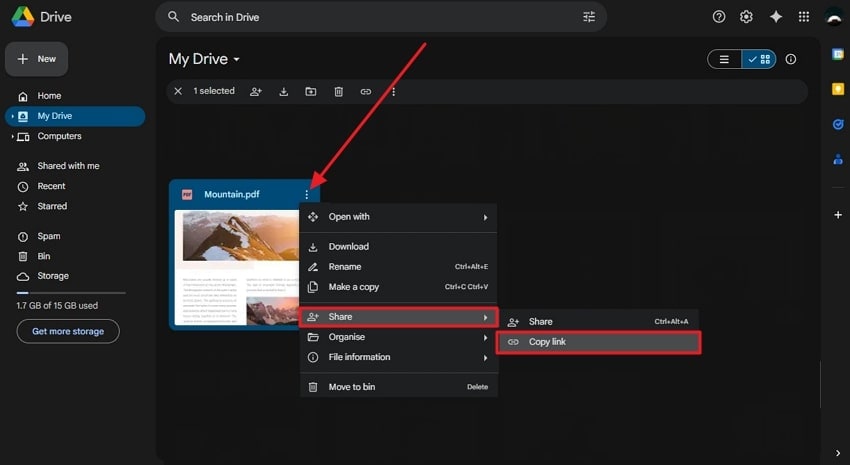
Step 2. Moving forward on the Google Slides, select a space, open “Insert,” and choose the “Link” option.
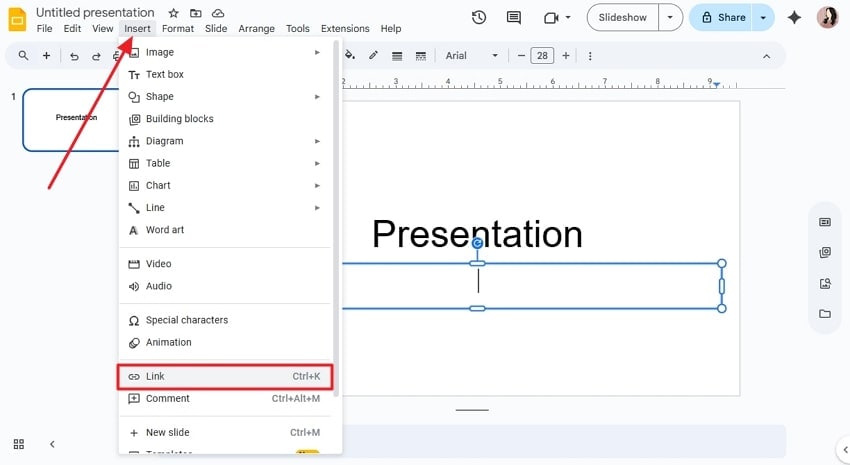
Step 3. After that, type a title in the “Text” box, paste the link in the “Search or Paste Link” box, and hit “Apply.”
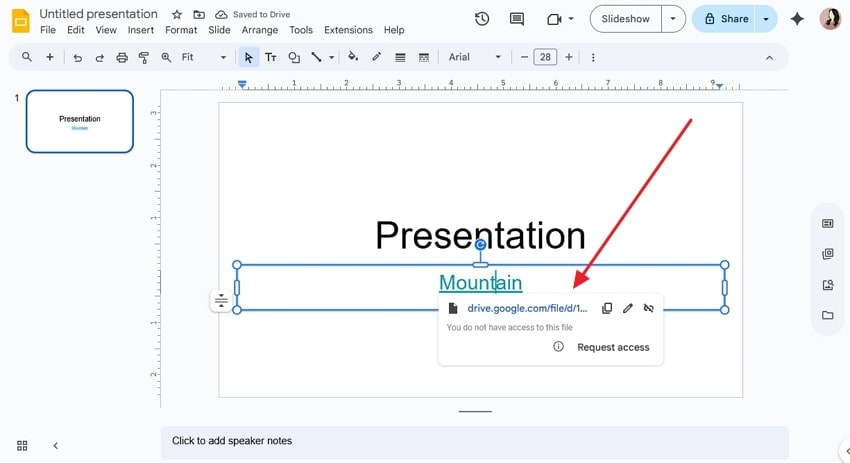
Method 4. Use Third-Party Online Tools
Students or employees can utilize online tools, like Plus.ai PDF to Google Slides converter, to automatically transform PDFs. Moreover, this free tool allows easy edits, one-click AI generation, and lets you share Google Slides with others. It provides various template designs, Forest Floor, Minimalist Light, Swiss Dark, and more.
Step 1. Head to Plus.ai, and under the “Convert a PDF into Google Slides” section, enter your email, choose a “Presentation Template.” Next, drag the PDF file and press the “Get my Presentation” button.
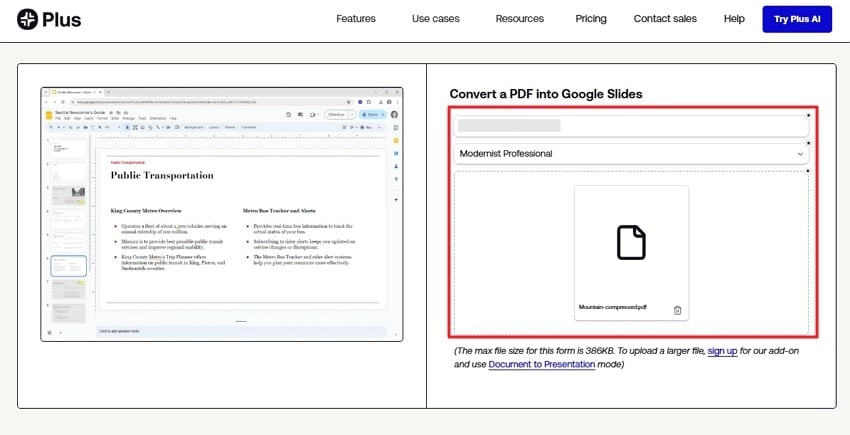
Step 2. The website will email you the presentation in a few minutes, which you can then review and edit as per your needs.
Pro Tip. Repair Damaged PDFs Before Converting to Google Slides
If the PDF file is corrupted to begin with before you start converting, the most reliable and accurate file repair software is Repairit. This tool can fix different types of PDF errors, like loading, unreadable text, and corrupted pages. It has AI technology that scans corrupted PDF files, diagnoses the underlying issues, and fixes them with high restoration rates in a few seconds.
Besides, it does more than just repair PDF files; it repairs other document formats such as Word, Excel, PowerPoint, and many more, and thus it is a complete file repair tool. Moreover, the fixed file maintains the original contents of the PDF, like text, hyperlinks, and watermarks, without compromising the original quality. No such file size limit exists, and it is possible to rapidly fix a massive stack of damaged PDFs in seconds.
Key Features
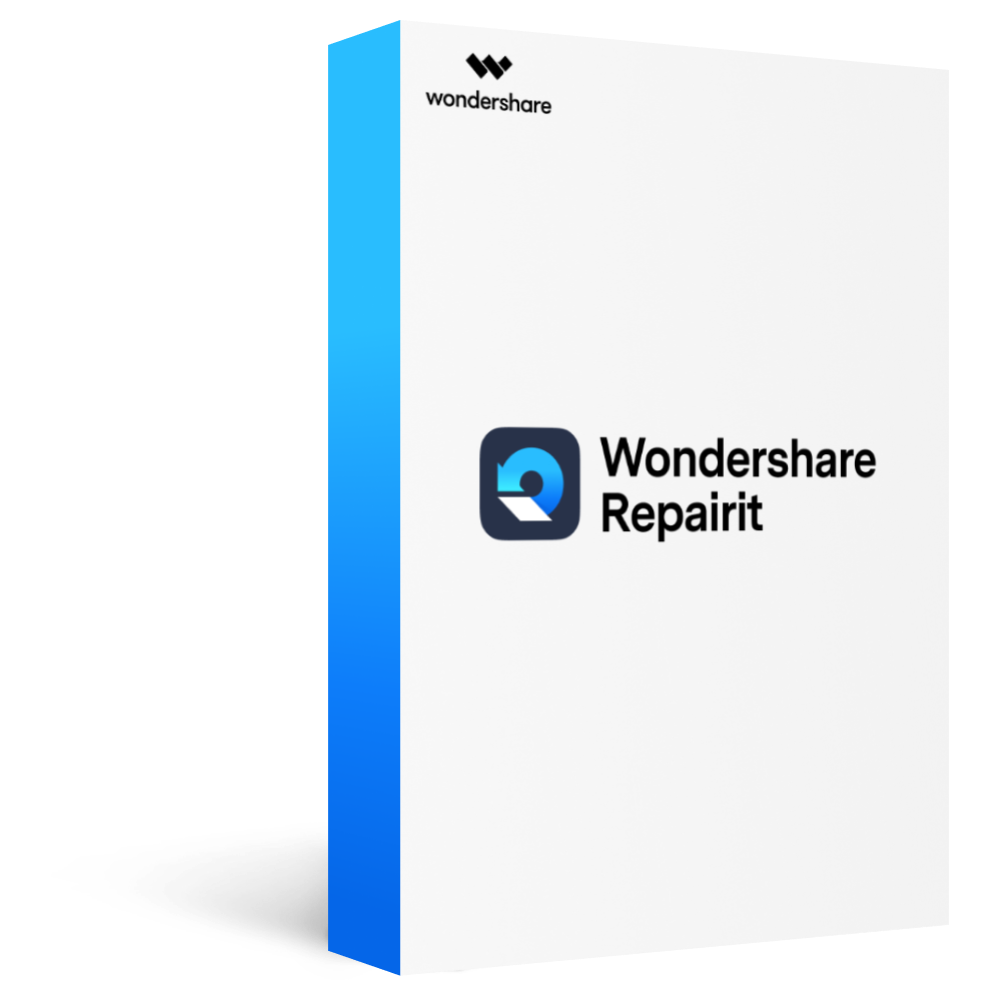
-
Repairing Process: The AI algorithm can handle minor and major corruption issues with PDF, thus preserving the file's integrity and details.
-
Preview Mode: You can go through the contents of the PDF document after it's done repairing, to ensure nothing is missing.
-
Batch Repairment: Users can add multiple sizes of PDF files, even other formats, ZIP, and Archive files of 1 GB size.
Easy Walkthrough on How to Repair Corrupted PDFs using Repairit
Now, let's follow these comprehensive steps and understand how this software restores damaged PDF files:
Step 1. Access File Repair Tool and Import PDFs
From the main interface, under the “Document Repair” tool, click the “Start” button, and hit “+Add” to import damaged PDF files.
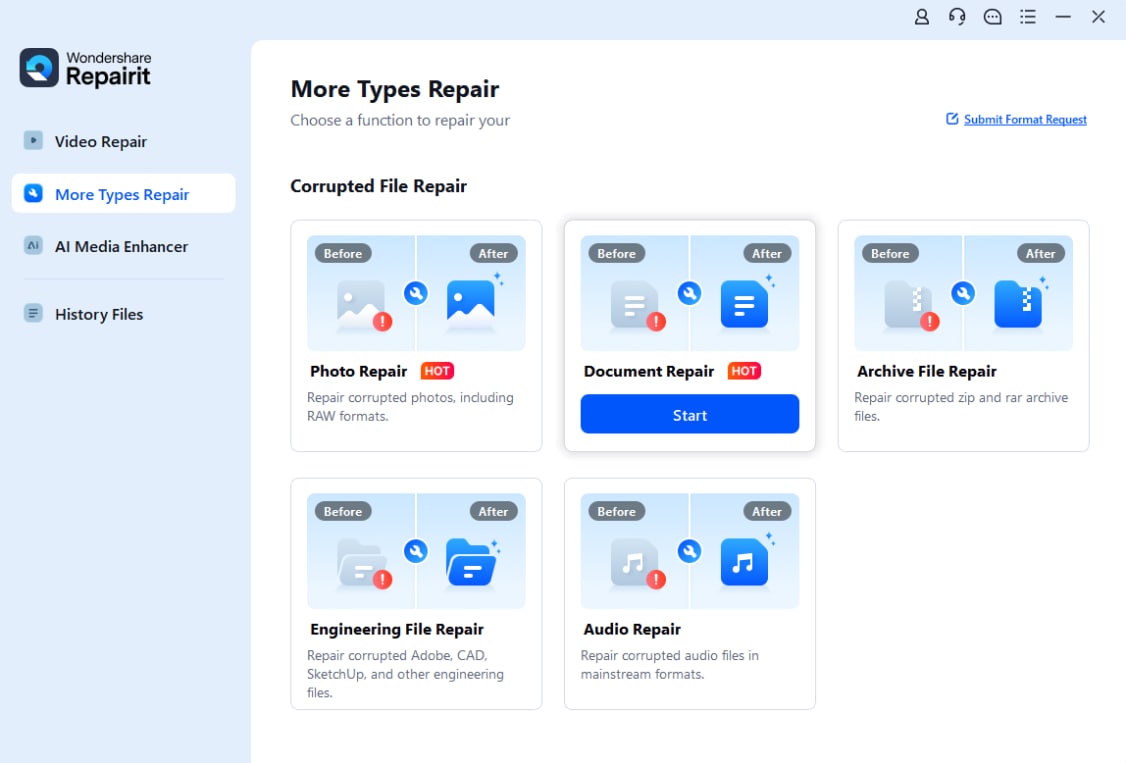
Step 2. Begin the PDF File Repair Process
When all the corrupted PDF files are added to the “Unrepaired File(s)” tab, hit the “Repair” button to initiate the restoration process.

Step 3. Preview the PDF File Content and Export
Next, press the “Preview” button to open the PDF review screen, which you can save to another folder or drive once you are done examining.
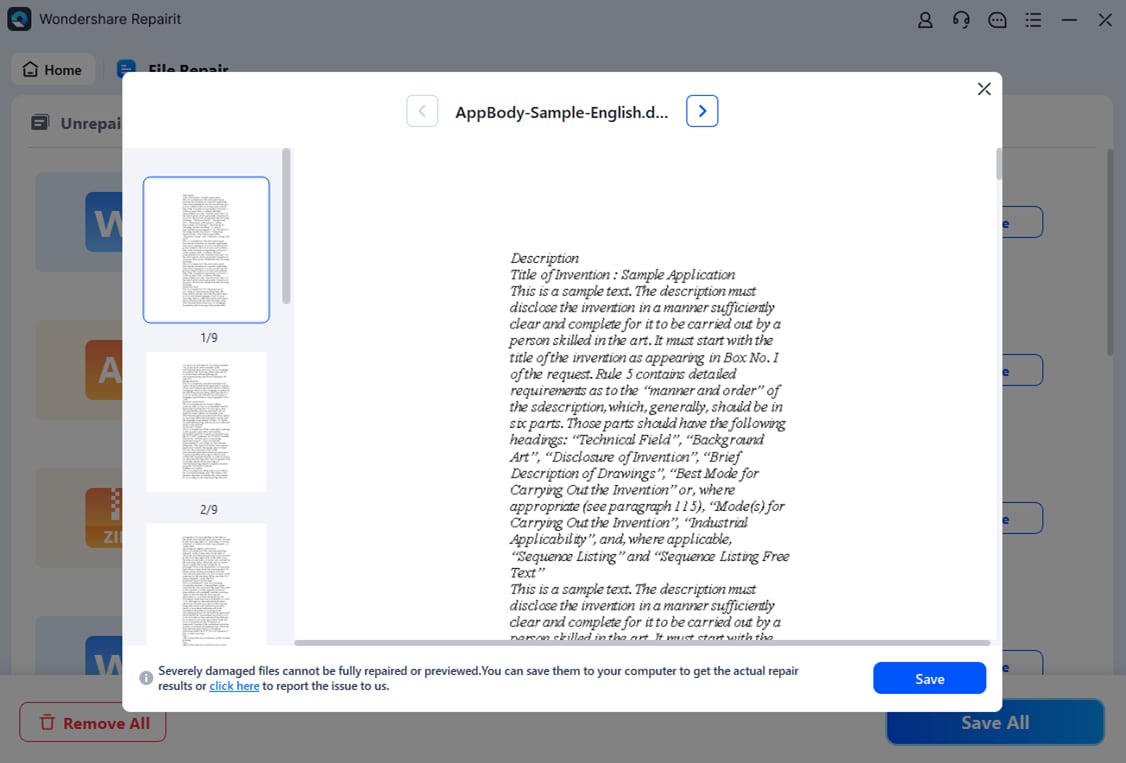
Repair Corrupted PDFs and Google Slides

Conclusion
In the end, users learned that although you cannot directly convert a PDF to Google Slides, there are ways to make it happen. This article provided the best 4 techniques with step-by-step guides to make it easier for users to understand. Nevertheless, sometimes the reason for conversion is a corrupted PDF, which is why it is advised that you restore it with the help of Repairit.
FAQ
-
How can I export multiple Evernote notes as PDFs at once?
In Evernote, hold Ctrl (Windows) or Cmd (Mac) while selecting notes, then right-click and choose "Export." Select PDF format and a destination folder. This exports all selected notes as individual PDFs in one operation. -
What's the fastest way to convert 100+ Evernote PDFs to Google Slides?
Use PDFelement's batch conversion to convert all PDFs to PPTX first, then upload the entire folder to Google Drive and use the "Open with > Google Slides" option for all files. For even larger batches, consider Google Apps Script automation. -
Will converted slides retain the original formatting from Evernote PDFs?
Format retention varies by method: PDF to PPT conversion preserves editable text but may require formatting adjustments; PDF to image conversion retains exact formatting but results in non-editable images. Choose based on whether you need editable content or exact visual replication.

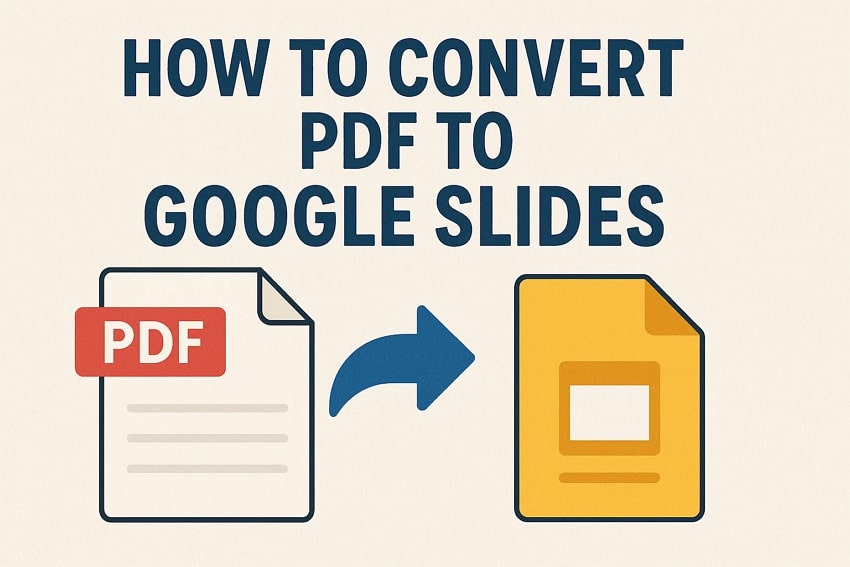
 ChatGPT
ChatGPT
 Perplexity
Perplexity
 Google AI Mode
Google AI Mode
 Grok
Grok
